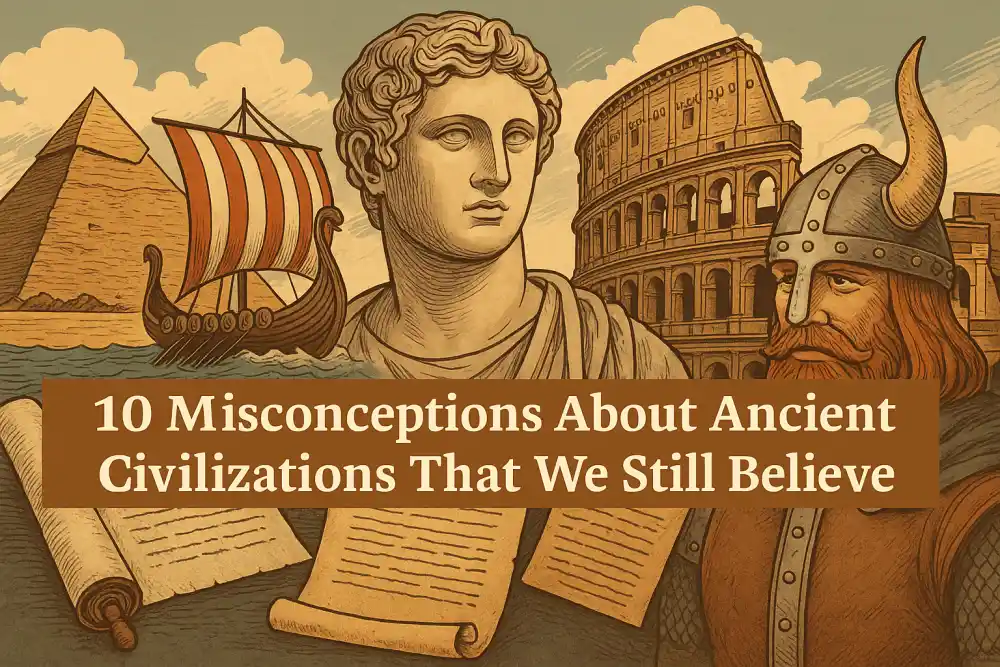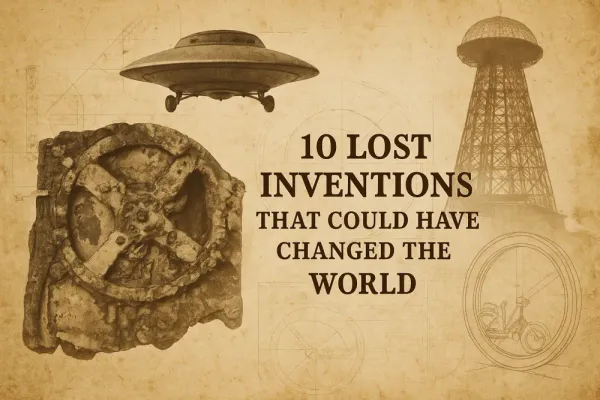10 Misconceptions About Ancient Civilizations That We Still Believe
Ancient civilizations left behind pyramids, epics, and legends—but also a ton of misunderstandings. Hollywood, textbooks, and pop culture have helped solidify myths that are more fiction than fact. Let’s bust ten of the most persistent misconceptions about our ancient ancestors.
1. Vikings Wore Horned Helmets
The myth: Picture a Viking, and you likely see a burly warrior with a horned helmet, raiding villages and shouting "Valhalla!"
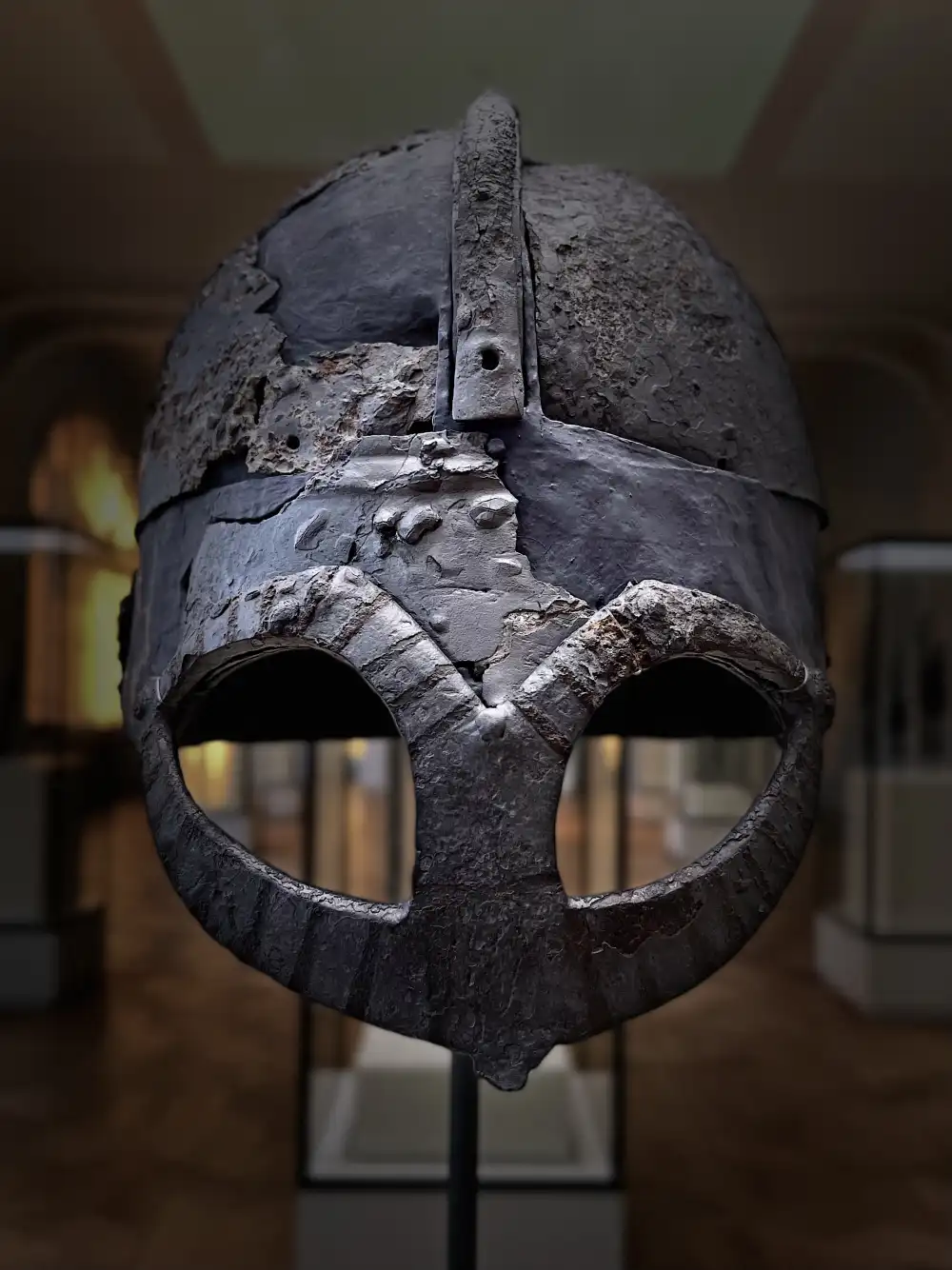
The truth: No archaeological evidence supports Vikings wearing horned helmets in battle. This idea likely came from 19th-century opera costumes (thanks, Wagner!) and Romantic artists who were more into aesthetics than accuracy.
2. Gladiators Always Fought to the Death
The myth: Every match in the Roman Colosseum ended with one gladiator dead and the crowd chanting “Kill him!”
The truth: Gladiators were expensive investments, often slaves trained to entertain. Most matches didn’t end in death—injured fighters could be spared, and top performers became celebrities. It was brutal, yes, but not always fatal.
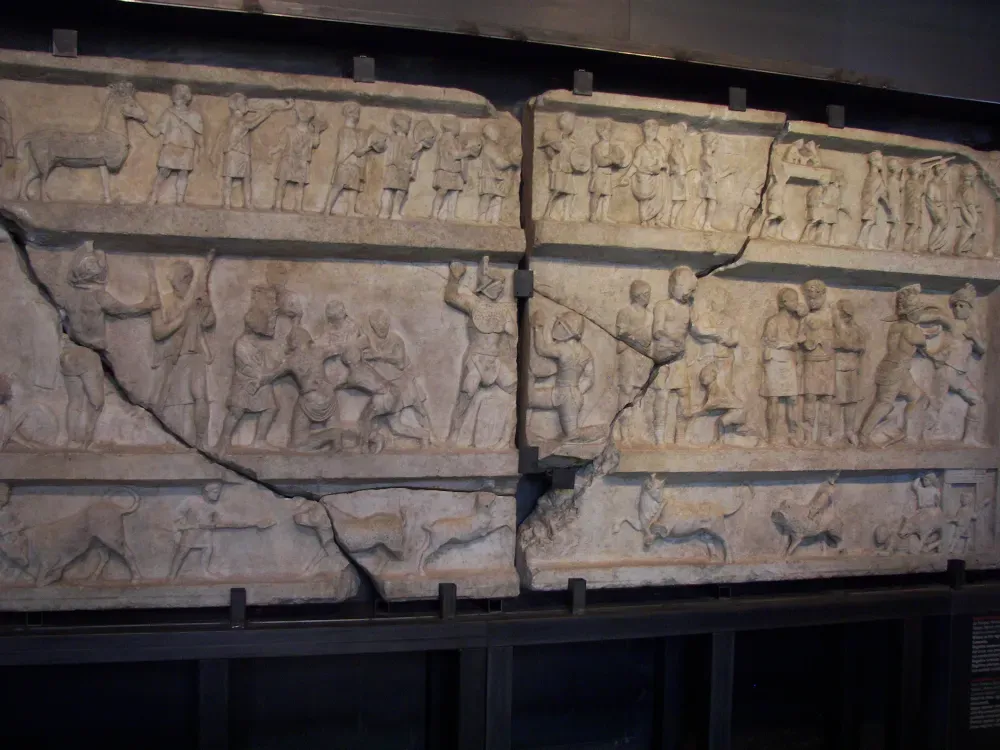
3. The Pyramids Were Built by Slaves

The myth: Thousands of oppressed slaves toiling under the whip built the Egyptian pyramids.
The truth: Evidence now suggests that pyramid builders were well-fed laborers, possibly conscripted workers or seasonal farmers. They had housing, medical care, and even decent beer rations. Not exactly a luxury resort, but not slavery as we usually imagine.
4. Ancient People Believed the Earth Was Flat
The myth: Before Columbus, everyone thought they'd fall off the edge of a flat Earth.
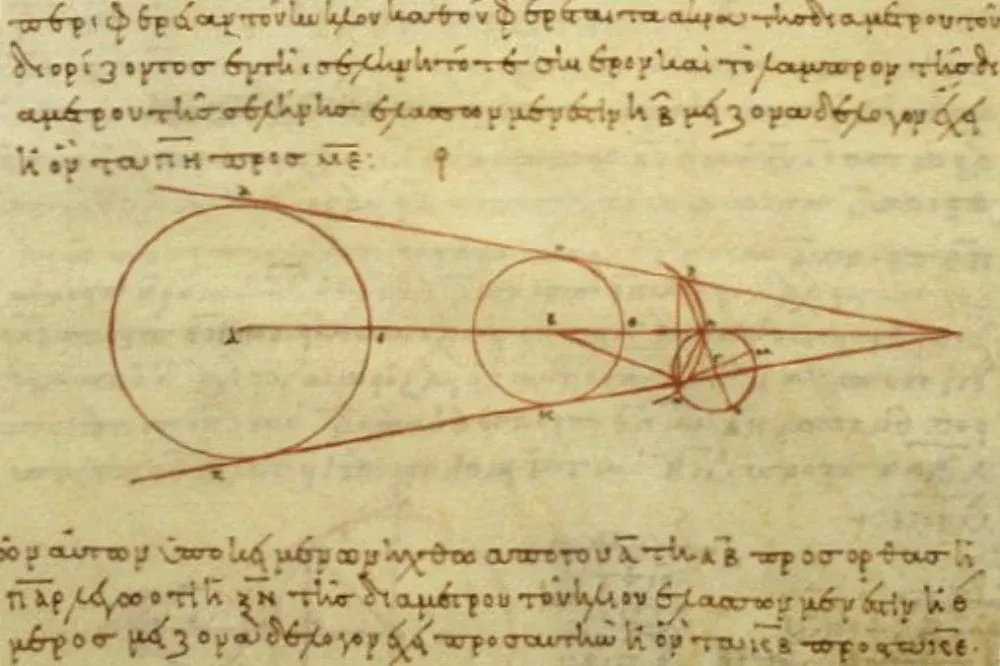
The truth: Greek philosophers like Pythagoras and Aristotle argued for a spherical Earth centuries before Columbus. By the Middle Ages, most educated people in Europe also knew the Earth was round.
5. Romans Only Wore Togas
The myth: Ancient Rome was one giant toga party.
The truth: Togas were ceremonial wear, mostly for Roman citizens at formal events. Day-to-day, most Romans wore tunics. Imagine attending a modern business meeting in a tuxedo every day—that’s how impractical a toga would’ve been.
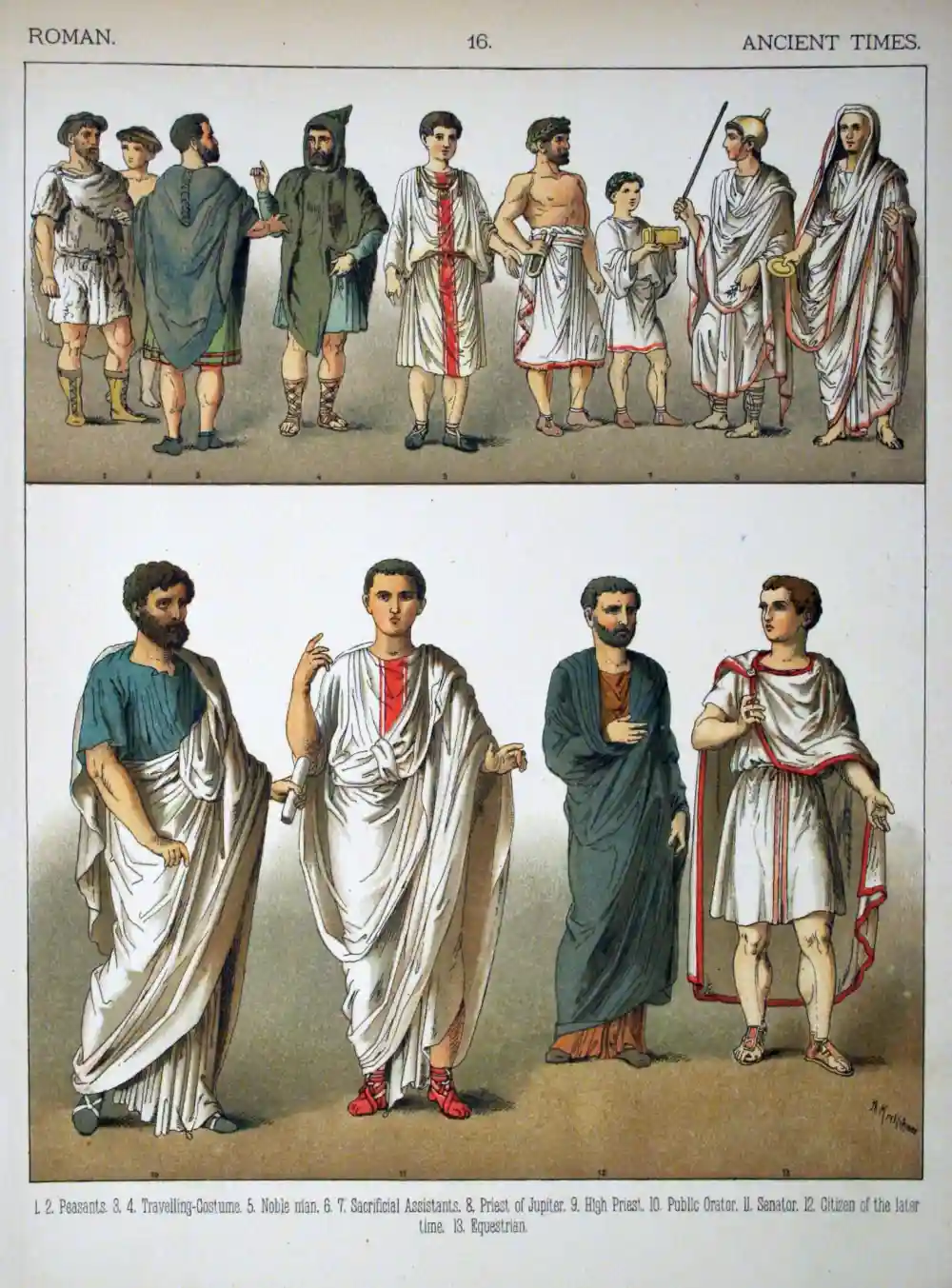
6. Nero Fiddled While Rome Burned

The myth: Emperor Nero played the fiddle and watched gleefully as Rome went up in flames.
The truth: Violins didn’t even exist in Nero’s time. He may have sung and played a lyre (a harp-like instrument), but reports are contradictory. Some sources say he wasn’t even in Rome during the fire. This myth likely comes from political enemies trying to smear him posthumously.
7. Spartans Were Unbeatable Warriors
The myth: Spartans were fearless super-soldiers who never lost.
The truth: Spartans were tough, but not invincible. They lost battles (see: Battle of Leuctra, 371 BCE), and their society heavily depended on the brutal oppression of the Helots (enslaved people). Spartan boys went through harsh training, but Sparta's military supremacy eventually declined.
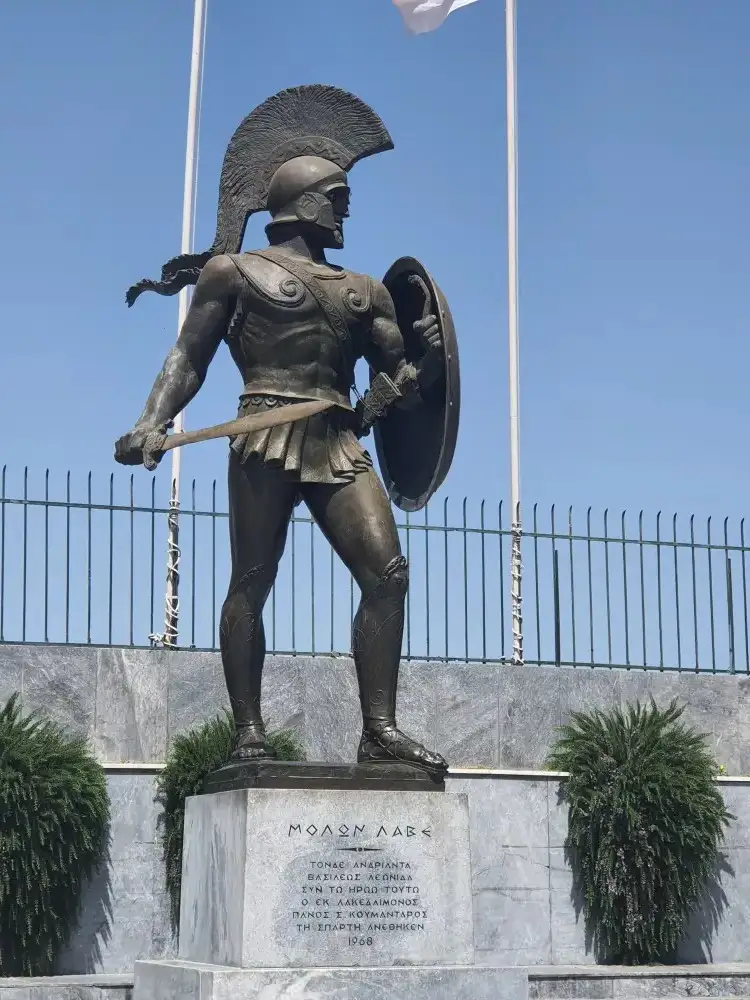
8. Cleopatra Was Egyptian
The myth: Cleopatra, queen of Egypt, was as Egyptian as the Nile.
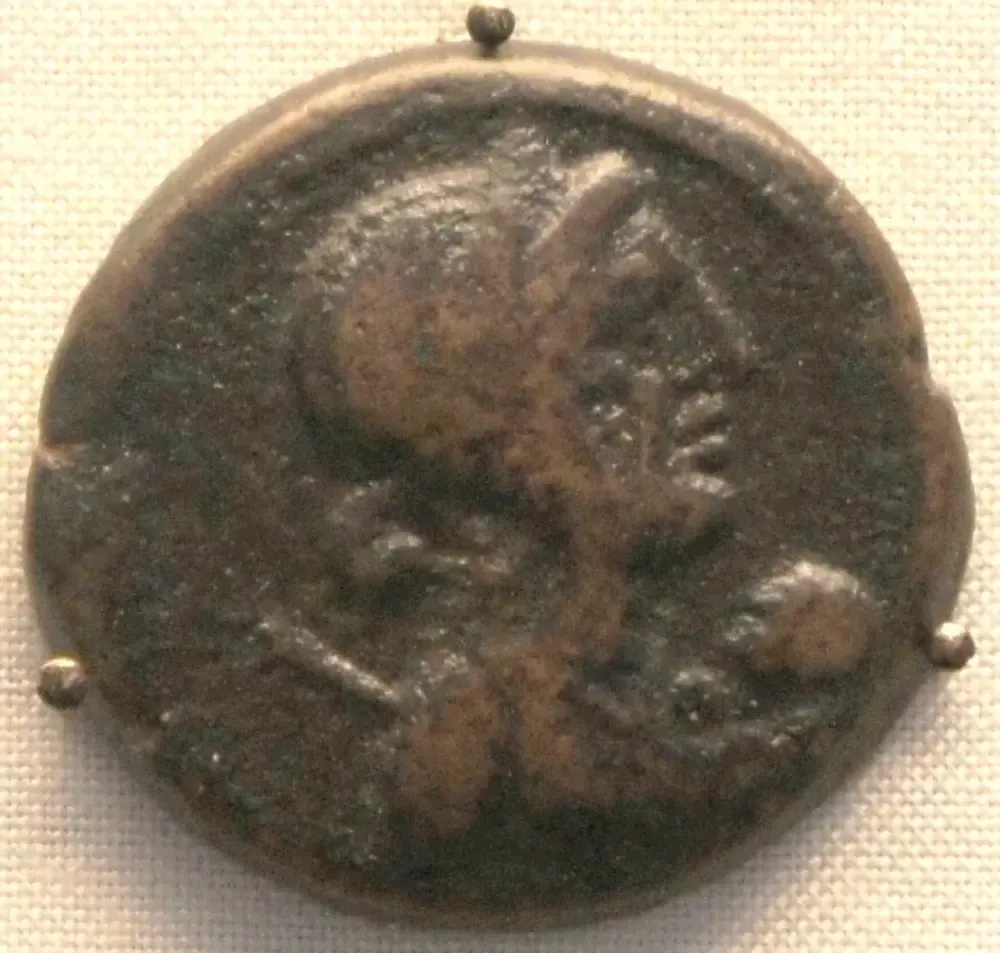
The truth: Cleopatra VII was of Macedonian Greek descent—a descendant of Ptolemy I, one of Alexander the Great’s generals. While she embraced Egyptian culture and religion more than her predecessors, ethnically she was Greek.
9. The Library of Alexandria's Burning Destroyed All Ancient Knowledge
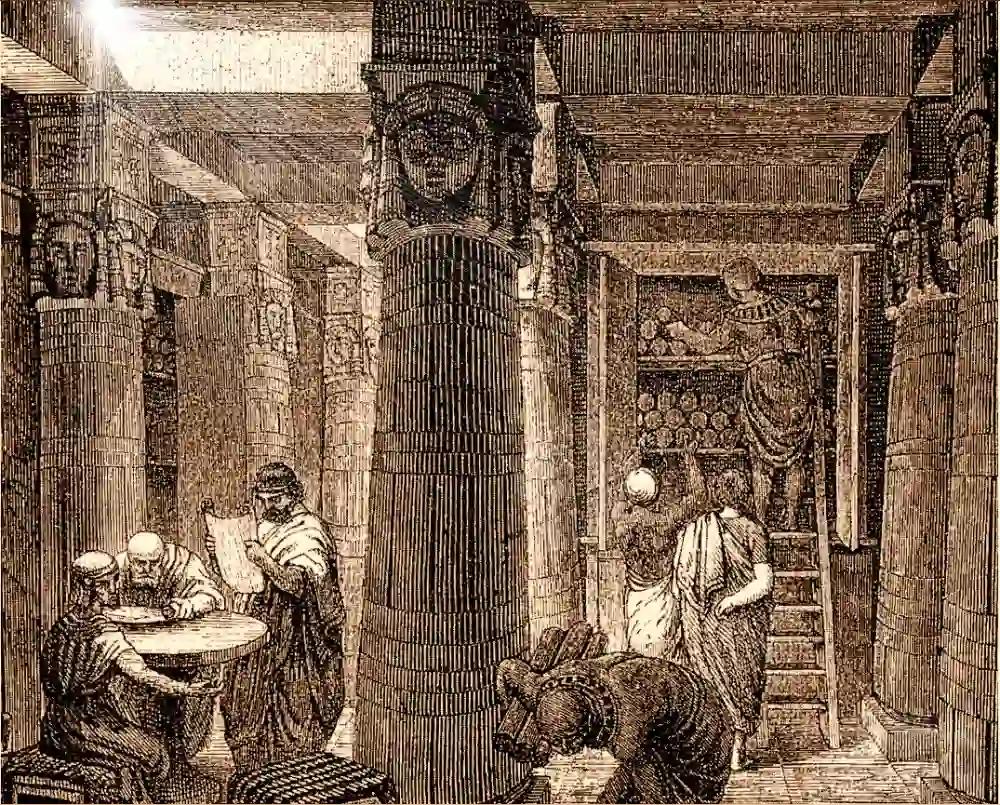
The myth: One massive fire wiped out all the knowledge of the ancient world.
The truth: The decline of the Library of Alexandria was gradual, not a single catastrophic event. Multiple incidents over centuries contributed to its downfall. Also, much of the ancient world’s knowledge was preserved in other libraries across the Middle East, Greece, and Rome.
10. Ancient Egyptians Only Ate Dates and Drank Wine
The myth: Egyptians lived off dates, figs, and the occasional glass of wine in the desert sun.
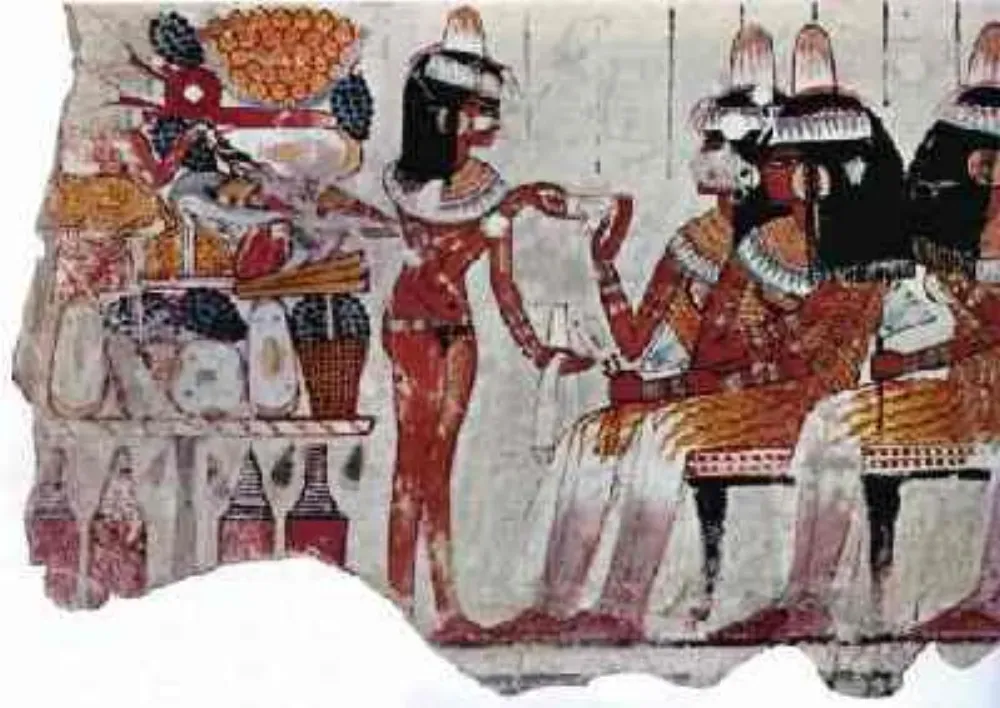
The truth: Their diet was surprisingly rich: bread made from emmer wheat, beer (more common than wine), onions, garlic, lentils, fish from the Nile, and even meat for the wealthier class. They also had dessert-like treats made from honey and fruits.
🏺 Final Thoughts:
The ancient world was far more complex—and human—than the myths we carry around today. By unpacking these misconceptions, we not only get closer to historical truth, but we also start to appreciate how clever, adaptable, and sometimes weird ancient societies really were.
Got a favorite historical myth you want busted? Drop it in the comments!
